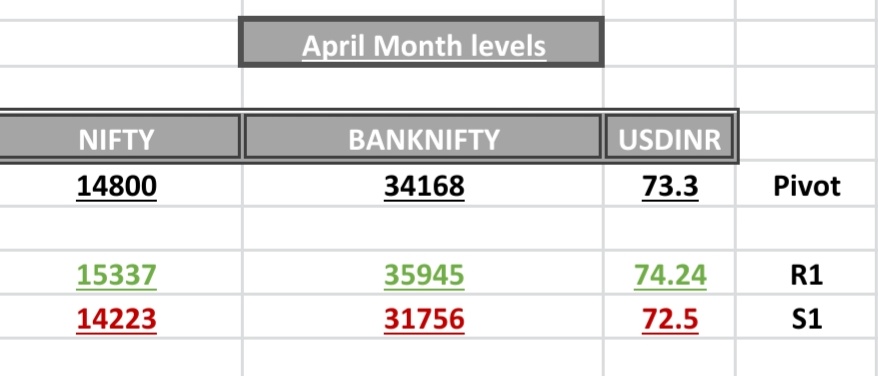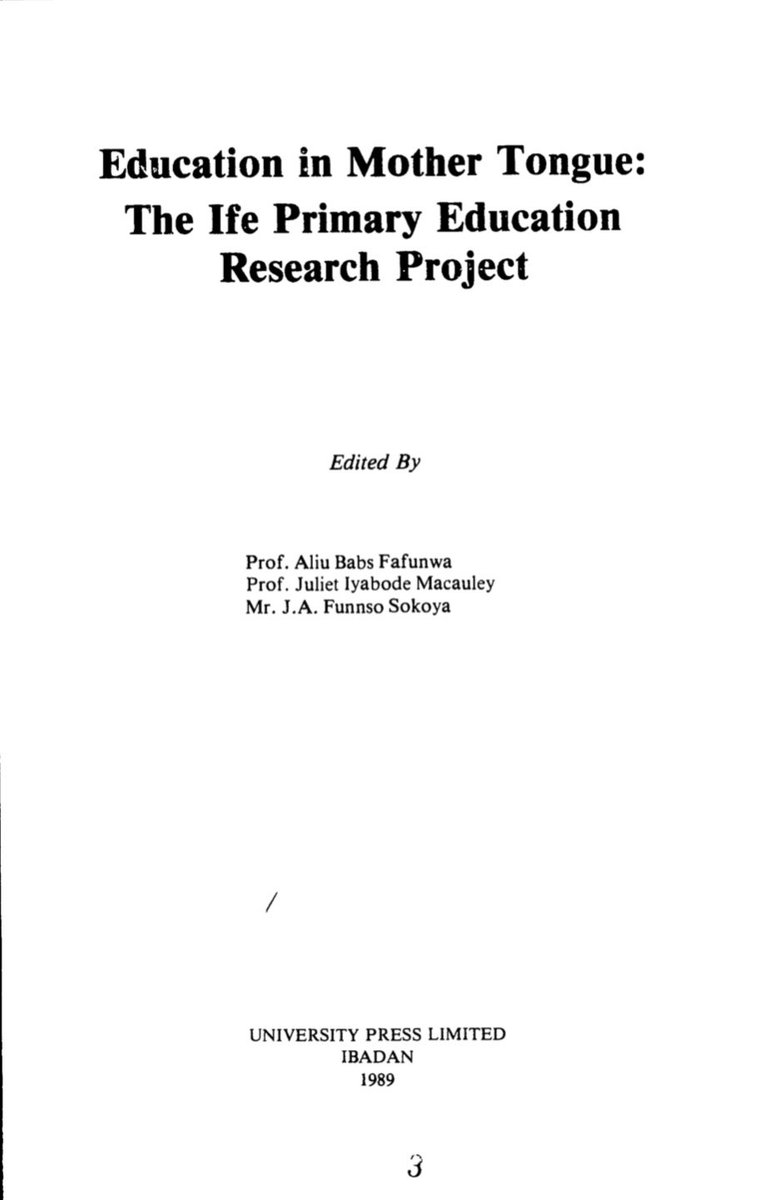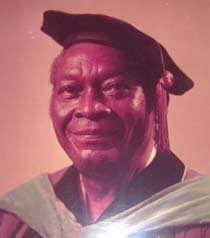Haha. Fool. On the day of Deepavali Amavasya, abhyangana snaana, pitru tarpanam, deepa daanam, ulka darsanam, and Lakshmi puja are performed. Deepa daana is not some Buddhist creation. The concept of even the wicks in a Deepam is highly Vedic, so it is impossible that what is
'Diwali isn\u2019t what you thought it was\u2014It\u2019s actually Deep Daan Utsav, a Buddhist festival'
— ThePrintIndia (@ThePrintIndia) November 4, 2021
Kalyani @FiercelyBahujan, PhD scholar, JNU, writes#ThePrintOpinionhttps://t.co/wbNjbeRYmq
Let's understand what Deepavali is all about. Now, the festival means many things to many people and there are too many variations in how
As always, every festival, every act, and every ritual in SD is extensively deep-rooted in philosophy that addresses both iha and para.
Devi Bhagavatam says Kaalohi balavaan karta satatam sukha dukhayo: |
Naraanaam paratantraanaam punya paapanu yogata: ||
Kaala: pachathi bhutaani kaala: samharate prajaa: |
Kaala: suptheshu jaagarthi kaalo hi duratikrama: ||
Time eats all beings, time kills everyone. Time is awake when you are asleep. Time is insurmountable.
That's why Vishnu Sahasranaamam says Niyanta Niyamo Yama: not once but twice.
For any sadhana, Yama and Niyama are essential. This is the reason why Patanjali's first two sutras are about Yama and Niyama before even remotely contemplating about Aasanas.
Ulka hasta nara kuryu: pitrunaam maargadarshanam says Skaanda Puranam, meaning people should light the path for the ancestors by holding "torches".
Ujjwala jyotisha vartma prapasyanto vrajantu te ||
Since our ancestors had come during Mahalaya leaving behind Yama Loka, let them be known that their path back to Yama Loka during this time of Pradosha on Tula masa Amavasya (Souramanam)
Those doing daily Sandhyavandanam will be already aware of Yama naamas,
Vaivaswathaya Kalaya Sarvabhoothakshayaya cha |
Oudhumbharaya Dhagnaya Neelaya Parameshtine
Vrukodharaya Chithraya Chithragupthaya vai nama: ||
As alluded to earlier, time is everything in SD. Amavasya, Panchami, Dasami, and Pournima are considered purna thithis. Of these Amavasya is particularly suited for Pitrus.
Apart from worship of Pitrues, this is also the period that Alakshmi nissaranam (sending away of Alakshmi or Jyesta Devi) is performed to
Sri Suktam says,
Taam Padmineem-eem Sharanam aham prapadhye alakshmi: mey nashyataam tvaam vrune |
I take refuge in Her, who resides in the Lotus, who is known by the beeja Eem. By Her Grace, let Alakshmi both inside and outside be destroyed.
Tasya phalaani tapasaanudanthu maayaantharaayascha baahya Alakshmi: |
May the fruit of the One who is born of Tapas drive away ignorance and Alakshmi within and outside.
The lighting of the lamp signifies driving away of this ignorance or tamas.
There's also a paaramaarthika or aloukika aspect. Tamaso ma jyotirgamaya say Upanishads. No matter what one becomes in mundane pursuits, the real goal of human endeavor is to attain gnaana.
Vedam says, Siddhalakshmi Mokshalakshmi Jayalakshmi Saraswathi. This means the same Lakshmi Who gives prosperity is also the One
Going even further, ultimately the form of Virat Purusha embodies everything there is.
Annamacharya in this wonderful kirtan establishes this along with several Aagamic truths.
Pratyakshamainatti Paramathmuniki |
These are the nitya pujas that I have learnt to perform to this Paramatma, Who is actually beyond sensory perception, but has manifested on Venkatadri.
Penuhrudayame Hari peethamata
Kanogona chupule ghana deepamulata
Thanalopali yantharyamiki ||
For the Antharyami within all of us, the body is the temple, the head is the gopura sikharam.
More from Johnny Silverhand
Good question. A little background info first to put things in perspective. Brahman has no form. It is an experience. However, for upaasana certain forms are ascribed to it by Vedas which fully encapsulate the actual tatvam of Brahman. So when a certain form is chosen for upasana
several things are ascribed to that form - a recognition of its power, Sakti, which is a feminine quality and hence worshiped as a consort, parivaara devataas (ones who always serve that form and show others how it's done), and a vaahana. Here, Vaahana does not only mean
a vehicle. Vaahana is actually a conduit. It tells you what kind of devotion is required in order to be always in service of that diety and to be chosen by that form. Vaahana is also an insignia or a Dwajam that espouses the gunas of that diety.
Now, coming to the question. Hanuman is usually worshiped as Raamadaasa, Raamadhuta, etc. However, there are Hanumadh upaasakas who specifically worship Hanuman as Brahman complete with Avataras. There are many mantra sastras that support this. In fact, they say Ha nu ma
are subtle syllables within the A U Ma Omkara itself, which means one needs to probe deep in order to understand the actual Hanumad tatvam. Hanuman is really a Brahmachari no doubt but, like I said above, upasana vidhis require that He be worshiped with a consort and vaahana
I need your opinion on something else as well...
— Kishore C Iyer\U0001f1ee\U0001f1f3 (@Kishoreciyer1) March 28, 2021
There is story of Camel being the vahanam of Hanuman... how true is it? Seems very prevalent in Telegu literature!
several things are ascribed to that form - a recognition of its power, Sakti, which is a feminine quality and hence worshiped as a consort, parivaara devataas (ones who always serve that form and show others how it's done), and a vaahana. Here, Vaahana does not only mean
a vehicle. Vaahana is actually a conduit. It tells you what kind of devotion is required in order to be always in service of that diety and to be chosen by that form. Vaahana is also an insignia or a Dwajam that espouses the gunas of that diety.
Now, coming to the question. Hanuman is usually worshiped as Raamadaasa, Raamadhuta, etc. However, there are Hanumadh upaasakas who specifically worship Hanuman as Brahman complete with Avataras. There are many mantra sastras that support this. In fact, they say Ha nu ma
are subtle syllables within the A U Ma Omkara itself, which means one needs to probe deep in order to understand the actual Hanumad tatvam. Hanuman is really a Brahmachari no doubt but, like I said above, upasana vidhis require that He be worshiped with a consort and vaahana
This nonsense stems due to "reading" Vedas like any other book. There seems to be some confusion even among traditional aasthikas regarding this and I've seen even upanyasarks talking nonsense. However, one must know the proper way of understanding Vedam. Let's take an eg. +
When you use your limbs for doing work, do you say Mr. Hand has lifted an object or Mr. Legs have taken you to a place? No, right? You say my hands and my legs. How come they are "your" hands and legs when they are clearly independent entities? That means you associate your+
limbs with your being. The results of their work is enjoyed by your "Self" and not by the limbs themselves. Similarly, all Devatas are angaas or limbs of the Paramatma. Whatever duties they carry out are under His supervision and their adulation goes to Him ultimately.+
Just like how a CEO represents all employees and each person's achievements directly reflect on the company, a particular Devata say Indra's duty is work delegated by Paramatma and when that goes astray, He takes upon Himself to rectify the same.
Aakaasaat pathitham thoyam yadaagacchathi saagaram sarvadeva namaskara: Kesavam (or Sankaram) prathigacchathi. Just like how different drops of rain ultimately merge into the sea, adulations of all dieties ultimately reaches the One Supreme Brahman.+
Vishnu\xa0is a Rigvedic deity, but not a prominent one when compared to Indra, Agni and others Just 5 out of 1028 hymns of the Rigveda are dedicated to\xa0Vishnu, although He is\xa0mentioned\xa0in other hys He is also described in the Vedic literature as the one who supports heaven and earth
— Vamangi (@RudraaShiv) January 1, 2021
When you use your limbs for doing work, do you say Mr. Hand has lifted an object or Mr. Legs have taken you to a place? No, right? You say my hands and my legs. How come they are "your" hands and legs when they are clearly independent entities? That means you associate your+
limbs with your being. The results of their work is enjoyed by your "Self" and not by the limbs themselves. Similarly, all Devatas are angaas or limbs of the Paramatma. Whatever duties they carry out are under His supervision and their adulation goes to Him ultimately.+
Just like how a CEO represents all employees and each person's achievements directly reflect on the company, a particular Devata say Indra's duty is work delegated by Paramatma and when that goes astray, He takes upon Himself to rectify the same.
Aakaasaat pathitham thoyam yadaagacchathi saagaram sarvadeva namaskara: Kesavam (or Sankaram) prathigacchathi. Just like how different drops of rain ultimately merge into the sea, adulations of all dieties ultimately reaches the One Supreme Brahman.+
Seriyana loosu. This is why I said Eelam activists are better off doing kuthu rap instead of worrying about whether Shiva is Vedic or not. Then these same people say Om Namah Shivaya. Adding Om and Nama: automatically makes it a mantra.
**Long thread alert**
Mantras are only found in Vedas, not in the common tongue. Anyways, her perspectives matter zilch. What is more alarming is how a proper Thirumurai vakyam such as Anbe Sivam is being twisted and appropriated for nefarious agendas and how SM is brazenly peddling the same nonsense.
Yasya nishvasitam Vedaa: yo vedebhyo akhilam jagat | Nirmame tam aham vande vidyaatirtha Maheshvaram ||
One Whose very breath is the Veda using which the entire Creation was made, I bow down to Maheswara Who purifies with His wisdom.
So, if Vedas are really His own breath, how
can one draw stupid faux ethnic identities denying His indication in the Vedas? This has no rationale even to the self-proclaimed rationalists.
Let's attempt to understand what the naama Shiva means. I believe this foundation is important before we go on to understand any Naama vaibhavam. Do note that in SD, the Naama and the Naami are indifferent. In fact, Bhaktas consider the Naama to be greater since
**Long thread alert**
Rig Veda the oldest only mentions Shiva twice. Common sense? Zoroastrianism.
— \u0bb2\u0bbe\u0bb5\u0ba3\u0bcd\u0baf\u0bbe/Lavanya (@dwomanislavanya) August 31, 2021
Mantras are only found in Vedas, not in the common tongue. Anyways, her perspectives matter zilch. What is more alarming is how a proper Thirumurai vakyam such as Anbe Sivam is being twisted and appropriated for nefarious agendas and how SM is brazenly peddling the same nonsense.
Yasya nishvasitam Vedaa: yo vedebhyo akhilam jagat | Nirmame tam aham vande vidyaatirtha Maheshvaram ||
One Whose very breath is the Veda using which the entire Creation was made, I bow down to Maheswara Who purifies with His wisdom.
So, if Vedas are really His own breath, how
can one draw stupid faux ethnic identities denying His indication in the Vedas? This has no rationale even to the self-proclaimed rationalists.
Let's attempt to understand what the naama Shiva means. I believe this foundation is important before we go on to understand any Naama vaibhavam. Do note that in SD, the Naama and the Naami are indifferent. In fact, Bhaktas consider the Naama to be greater since
More from All
You May Also Like
And here they are...
THE WINNERS OF THE 24 HOUR STARTUP CHALLENGE
Remember, this money is just fun. If you launched a product (or even attempted a launch) - you did something worth MUCH more than $1,000.
#24hrstartup
The winners 👇
#10
Lattes For Change - Skip a latte and save a life.
https://t.co/M75RAirZzs
@frantzfries built a platform where you can see how skipping your morning latte could do for the world.
A great product for a great cause.
Congrats Chris on winning $250!

#9
Instaland - Create amazing landing pages for your followers.
https://t.co/5KkveJTAsy
A team project! @bpmct and @BaileyPumfleet built a tool for social media influencers to create simple "swipe up" landing pages for followers.
Really impressive for 24 hours. Congrats!

#8
SayHenlo - Chat without distractions
https://t.co/og0B7gmkW6
Built by @DaltonEdwards, it's a platform for combatting conversation overload. This product was also coded exclusively from an iPad 😲
Dalton is a beast. I'm so excited he placed in the top 10.
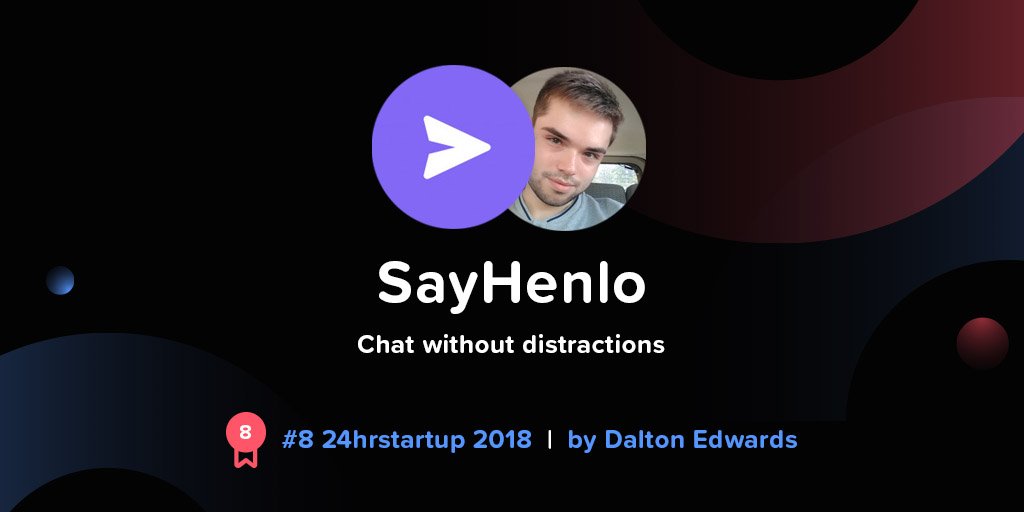
#7
CoderStory - Learn to code from developers across the globe!
https://t.co/86Ay6nF4AY
Built by @jesswallaceuk, the project is focused on highlighting the experience of developers and people learning to code.
I wish this existed when I learned to code! Congrats on $250!!
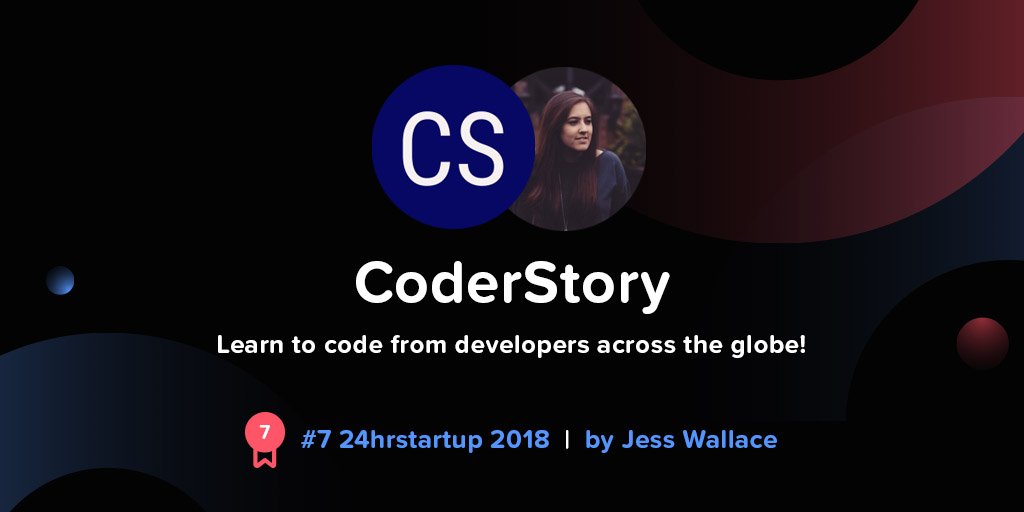
THE WINNERS OF THE 24 HOUR STARTUP CHALLENGE
Remember, this money is just fun. If you launched a product (or even attempted a launch) - you did something worth MUCH more than $1,000.
#24hrstartup
The winners 👇
#10
Lattes For Change - Skip a latte and save a life.
https://t.co/M75RAirZzs
@frantzfries built a platform where you can see how skipping your morning latte could do for the world.
A great product for a great cause.
Congrats Chris on winning $250!

#9
Instaland - Create amazing landing pages for your followers.
https://t.co/5KkveJTAsy
A team project! @bpmct and @BaileyPumfleet built a tool for social media influencers to create simple "swipe up" landing pages for followers.
Really impressive for 24 hours. Congrats!

#8
SayHenlo - Chat without distractions
https://t.co/og0B7gmkW6
Built by @DaltonEdwards, it's a platform for combatting conversation overload. This product was also coded exclusively from an iPad 😲
Dalton is a beast. I'm so excited he placed in the top 10.

#7
CoderStory - Learn to code from developers across the globe!
https://t.co/86Ay6nF4AY
Built by @jesswallaceuk, the project is focused on highlighting the experience of developers and people learning to code.
I wish this existed when I learned to code! Congrats on $250!!





